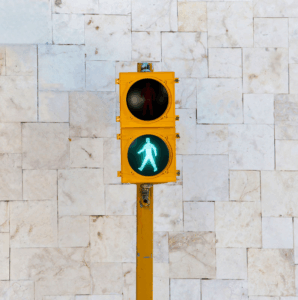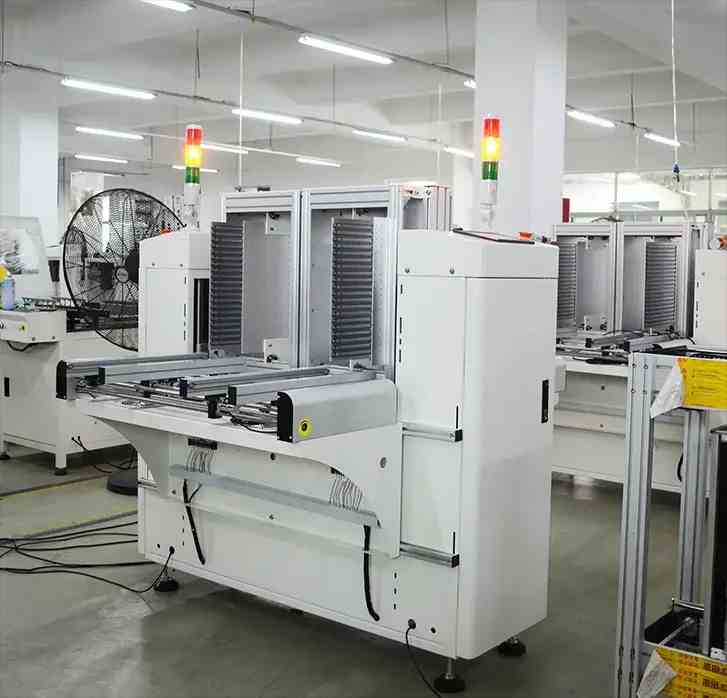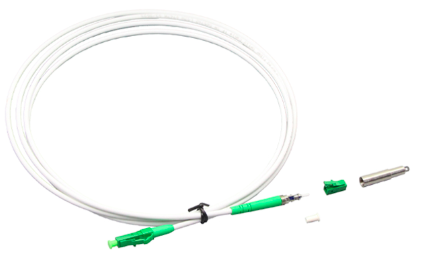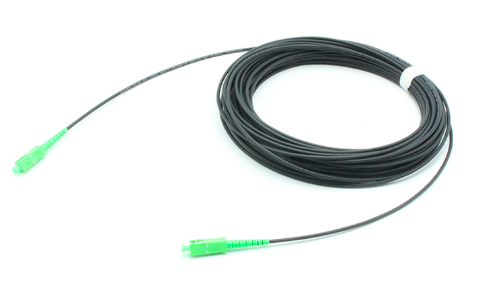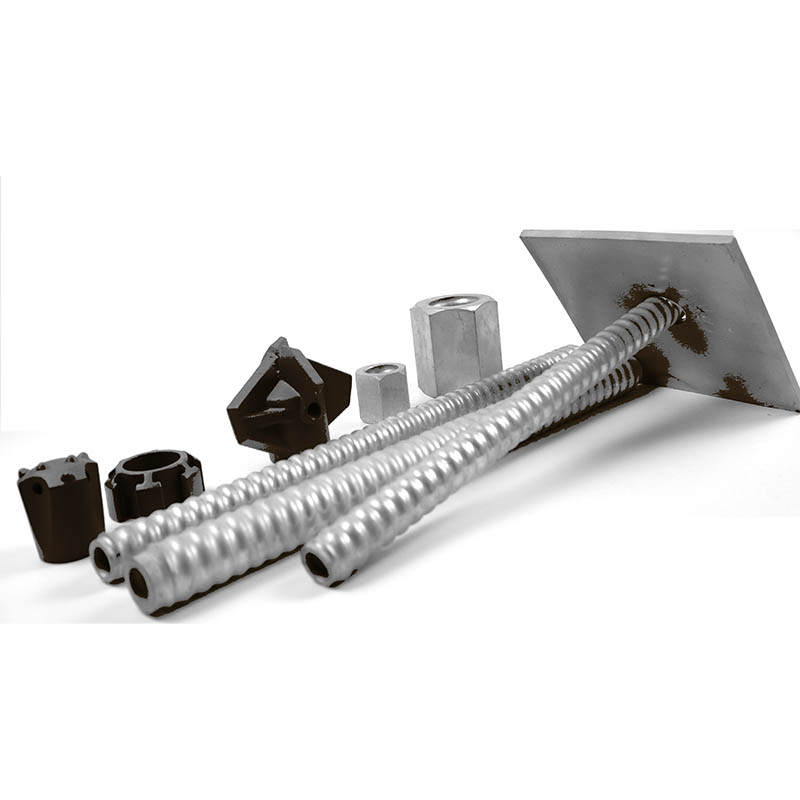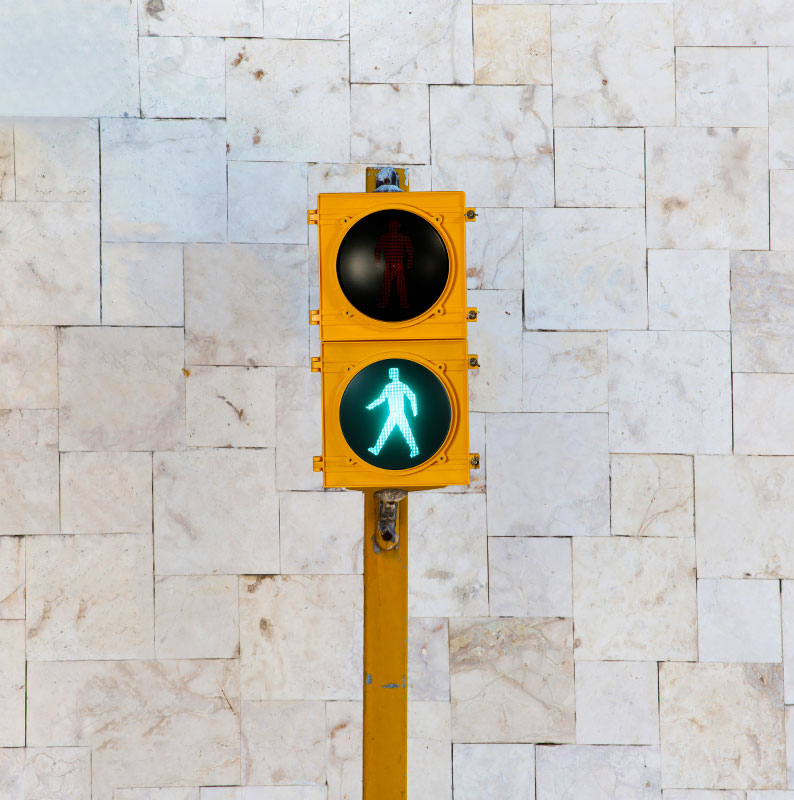目录
Crosswalks are essential for pedestrian mobility, yet they are also one of the most dangerous points in urban traffic systems. One simple device—often overlooked—is critical to making them safer: the pedestrian push button. Though technology continues to advance, these devices remain a key component in preventing accidents and improving pedestrian experiences at intersections.
Why Pedestrian Push Buttons Are Still Essential
A pedestrian push button gives individuals direct control over the traffic signal system. Instead of relying on preset timers or automatic detection, pressing the button ensures a designated pedestrian crossing phase is activated. This functionality has proven effective in enhancing both safety and traffic efficiency.
Data from the U.S. Federal Highway Administration shows intersections equipped with pedestrian push buttons experience 20–30% fewer pedestrian-vehicle conflicts compared to those without any pedestrian-specific signaling.
Key Benefits of Pedestrian Push Buttons
1. Reducing Pedestrian Wait Times
When no push button is installed, pedestrians often have to wait for pre-programmed signal cycles, which may prioritize vehicle traffic. This delay can lead to unsafe crossing behavior, such as jaywalking or running against the signal. With a pedestrian push button:
- Crossing signals are activated only when needed, ensuring pedestrians are not left waiting unnecessarily.
- Studies reveal intersections using push buttons reduce pedestrian wait times by up to 35%, improving compliance with crossing signals.
2. Preventing False Activations
Automatic systems that detect pedestrian presence often misinterpret nearby activity, such as people standing near a crosswalk without intending to cross. This results in unnecessary signal changes, causing delays for vehicles and potentially increasing driver frustration.
By contrast, the pedestrian push button requires a conscious action, eliminating false triggers and allowing the system to respond only to actual crossing requests.
3. Supporting Vulnerable Road Users
Modern pedestrian push buttons are designed with inclusivity in mind. They offer:
- Auditory signalsfor visually impaired individuals.
- Tactile feedbackfor those with limited vision.
- Extended crossing times for seniors or those with mobility challenges, activated by holding the button longer.
These features align with accessibility standards and help make crosswalks safer for everyone.
How Pedestrian Push Buttons Compare to Other Technologies
While some cities are experimenting with camera-based or infrared detection systems, these technologies have limitations:
- Sensors may fail in poor weather, such as heavy rain or snow, where visibility is reduced.
- Maintenance is more complex and costly due to sophisticated hardware and software requirements.
- Power consumption is significantly higher, making them less sustainable in areas without reliable electricity.
In contrast, pedestrian push buttons are low-cost, durable, and require minimal power, making them suitable for urban and rural settings alike.
Addressing Common Criticisms of Pedestrian Push Buttons
Some argue that pedestrian push buttons are outdated or represent a system that prioritizes vehicles over pedestrians. However, modern implementations counter these concerns by integrating push buttons into adaptive traffic control systems. This means:
- Pedestrian requests are processed in real-time alongside vehicle detection systems.
- Signal timing adjusts dynamically, giving equal priority to walkers during high foot traffic periods.
- Many cities now install touchless pedestrian push buttons, using proximity sensors to reduce contact and improve hygiene—a feature introduced widely during the COVID-19 pandemic.
Why Pedestrian Push Buttons Remain Relevant in Smart Cities
Even as urban areas adopt advanced traffic technologies, the pedestrian push button continues to play a vital role because:
- It provides a fail-safe method for pedestrian-traffic communication when automatic systems malfunction.
- It empowers pedestrians by giving them direct input into traffic operations.
- It is cost-effective and easy to retrofit into existing infrastructure.
In cities like Sydney and Tokyo, push buttons are combined with automated systems to offer redundancy and maximize safety.
Conclusion
The pedestrian push button may seem like a simple device, but its impact on crosswalk safety is undeniable. By giving pedestrians control, reducing wait times, and supporting vulnerable users, it enhances both safety and traffic flow. While future technologies may complement these devices, they remain a critical component of modern urban mobility.
0